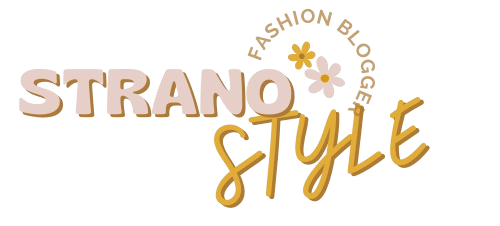To create a 2400-word article that follows Rank Math SEO guidelines, it’s important to structure the content around your focus keyword—Western wear—while ensuring proper keyword density, heading structure, readability, and internal/external linking. Below is a detailed guide on how to structure the article:
Introduction
Western wear, often associated with cowboy culture and the American frontier, is more than just a fashion statement—it’s a representation of tradition, history, and lifestyle. Whether you’re looking to understand its origins, explore the latest trends, or find tips for incorporating Western elements into your wardrobe, this comprehensive guide covers everything you need to know about Western wear.
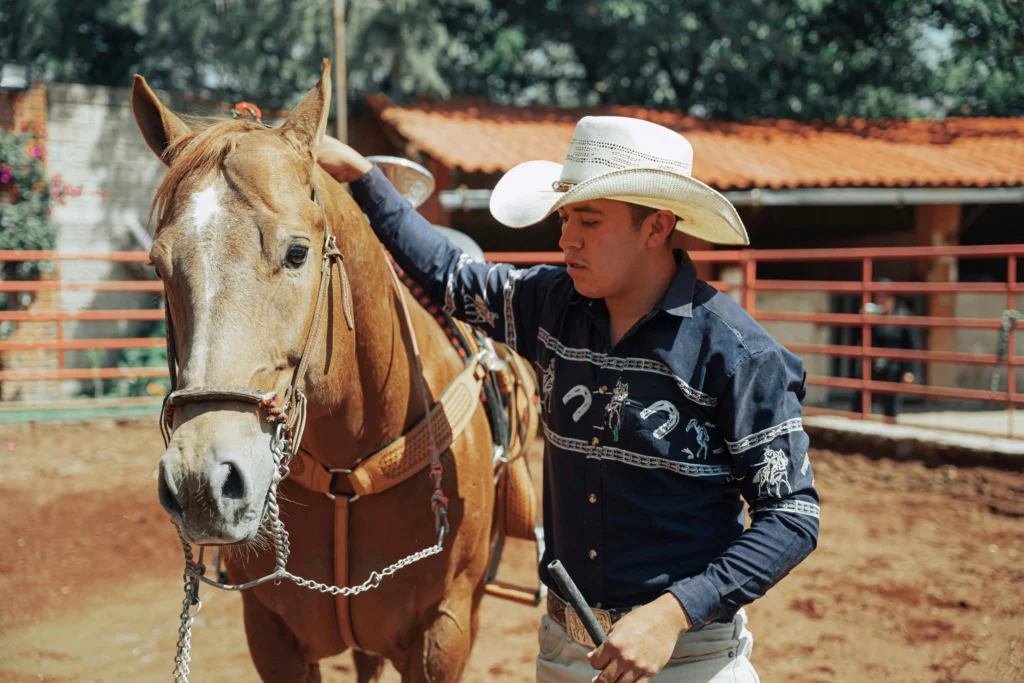
The Origins of Western Wear
Western wear’s roots trace back to the 19th century when cowboys, ranchers, and pioneers in the American West needed durable, functional clothing that could withstand harsh environments. While its practicality remains, Western wear has evolved into a popular fashion category, influencing modern clothing across the globe.
- The Functional Beginnings
Early Western-wear was designed for utility. Clothes needed to be durable, breathable, and protective. Key pieces, like denim jeans, sturdy leather boots, and wide-brimmed hats, were essential for cowboys working long days in the sun. - The Influence of Cowboys and Rodeo
Cowboys and rodeo culture played a significant role in shaping Western-wear’s aesthetic. The fringe, embroidery, and unique cuts we associate with Western style today come directly from rodeo performers who sought both durability and flair in their clothing.
Key Elements of Western Wear
Western-wear is instantly recognizable due to its unique elements. Here are some of the essential items that define the Western wardrobe.
- Cowboy Boots
One of the most iconic elements of Western-wear, cowboy boots come in various styles, from traditional leather to modern, embellished versions. They are not only functional but also a statement piece in Western fashion. - Tip: When buying cowboy boots, look for high-quality leather and consider the height of the heel depending on whether you’ll wear them for fashion or function.
- Denim Jeans
Denim jeans are a staple of Western wear. Originally designed by Levi Strauss for laborers, these jeans were durable and provided much-needed protection for workers. Over time, jeans have become a casual fashion favorite across the world. - Tip: Opt for high-waisted jeans with minimal embellishments for a more classic Western look.
- Western Shirts
Western shirts are often distinguished by their button-down front, pointed yokes, and snap buttons. Traditional shirts may also feature embroidery, plaid patterns, or fringe. - Tip: Pair a fitted Western shirt with your favorite pair of jeans and boots for a timeless Western look.
- Cowboy Hats
No Western outfit is complete without a cowboy hat. Initially worn to protect cowboys from the elements, the hat has evolved into a symbol of the Western lifestyle. - Tip: Invest in a well-made felt or straw hat to ensure durability and comfort.
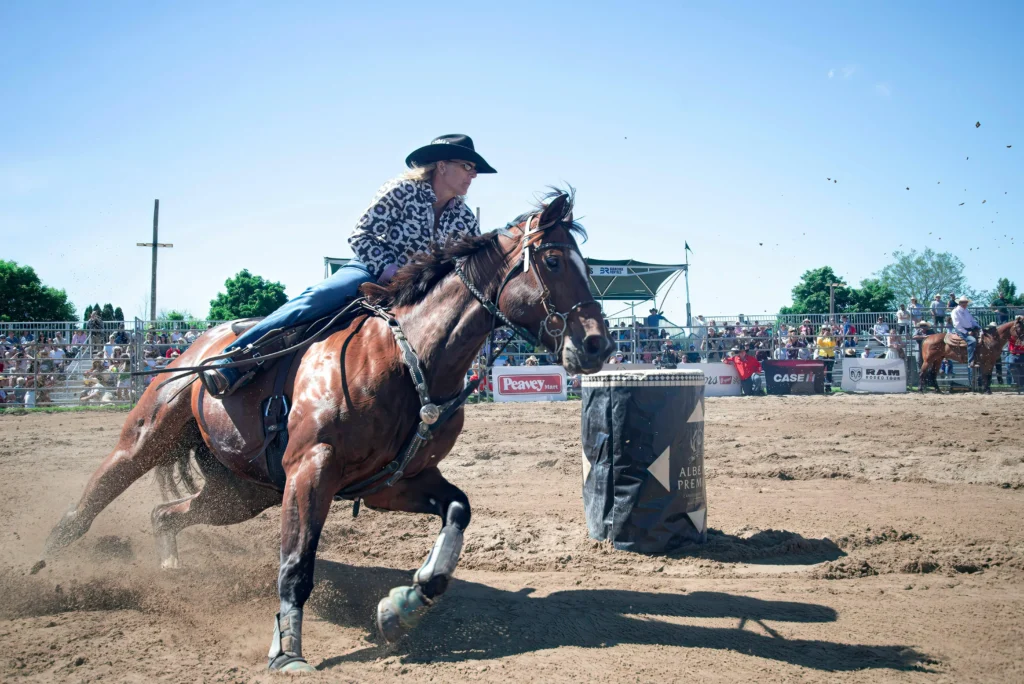
The Evolution of Western Wear in Modern Fashion
Western-wear has transitioned from ranches and rodeos to high-fashion runways. Designers and fashion enthusiasts have embraced Western elements, incorporating them into everyday wear and even formal attire.
- Western Wear in the 20th Century
In the early to mid-20th century, Western wear began to influence mainstream fashion. Hollywood western films in the 1930s and 1940s, featuring stars like John Wayne, played a huge role in popularizing the cowboy look. From there, Western-inspired clothing began appearing in everyday American fashion. - The Revival of Western Wear
In recent years, there’s been a revival of Western fashion, particularly in streetwear and festival clothing. Fringe, denim jackets, cowboy boots, and oversized belts have become popular with younger generations looking to add vintage and rugged elements to their wardrobes. - Tip: Combine modern elements like skinny jeans or fitted t-shirts with Western accessories like belts or boots for a contemporary yet rustic look.
How to Style Western Wear for Different Occasions
Western-wear isn’t just for the rodeo anymore. With the right pieces, you can incorporate Western elements into your wardrobe for a variety of settings, from casual outings to semi-formal events.
- Casual Western Look
For a laid-back Western style, opt for a pair of distressed denim jeans, a graphic tee, and a denim jacket. Add a pair of cowboy boots and a wide-brimmed hat to tie the outfit together. - Tip: For an effortless look, stick to neutral colors like tan, denim blue, and brown.
- Semi-Formal Western Outfit
You can take Western wear up a notch for semi-formal events by choosing a sleek, embroidered Western shirt paired with dark denim or tailored pants. Add a pair of polished boots and accessorize with a bolo tie or a statement belt buckle. - Tip: Stick to simpler, cleaner lines when dressing up your Western look to avoid going over the top.
- Western Wear for Festivals
Western-wear is a favorite at festivals, particularly country music events. Think fringe jackets, cutoff denim shorts, and bold cowboy boots. Layer your outfit with silver jewelry and a bandana for a truly authentic festival look. - Tip: Don’t be afraid to experiment with colors and textures—fringe, suede, and leather are all fair game.
Western Wear Trends to Watch
As with any fashion category, Western-wear evolves. Here are some of the key trends to look out for in the coming seasons.
- Sustainable Western Wear
As more consumers focus on sustainability, many Western brands have begun producing eco-friendly clothing. Look for ethically sourced leather, organic cotton denim, and sustainably produced cowboy boots. - Tip: Check labels for certifications like Fair Trade or organic cotton to ensure your Western wear is eco-friendly.
- Vintage Revival
Thrifting and vintage shopping have become increasingly popular, and Western wear is no exception. Vintage cowboy boots, embroidered shirts, and denim jackets are all making a comeback in mainstream fashion. - Tip: Vintage stores and online resale platforms are great places to find authentic Western pieces at a fraction of the cost.
- Modern Embellishments
While traditional Western wear was all about functionality, modern Western fashion incorporates more embellishments and bold designs. From embroidered flowers to metallic studs, today’s Western clothing is more about making a fashion statement. - Tip: Pair embellished pieces with simpler items to keep the look balanced.
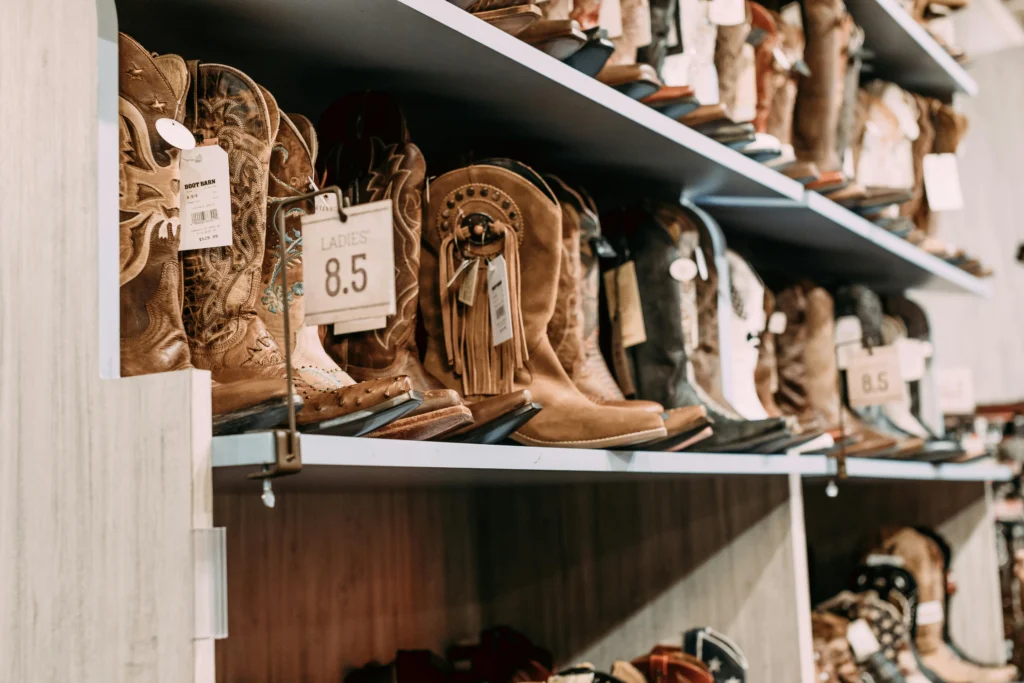
Where to Buy Western Wear
Western wearing can be found in various places, from specialty stores to online retailers. Here’s a breakdown of where to shop for the best Western fashion.
- Specialty Western Stores
Stores that specialize in Western-wear, such as Cavender’s, Boot Barn, and Sheplers, offer a wide range of products from cowboy boots to hats and everything in between. - Online Retailers
If you’re looking for convenience, many online retailers sell Western-wear. Websites like Amazon, Etsy, and even fashion platforms like ASOS have a selection of Western-inspired clothing and accessories. - Tip: When shopping online, make sure to check reviews and sizing charts carefully, especially for items like boots and hats.
- Thrift and Vintage Stores
As mentioned earlier, thrift and vintage shops are great places to find authentic, well-made Western pieces. You can often find unique items that are no longer available in mainstream stores. - Tip: Always inspect vintage items for wear and tear, especially leather goods.
How to Care for Western Wear
Caring for your Western clothing and accessories ensures they last for years. Here’s how to properly maintain the most common items in a Western wardrobe.
- Caring for Cowboy Boots
Cowboy boots, especially those made of leather, require special care. Regularly clean them with a damp cloth and use a leather conditioner to keep the material soft and supple. Be sure to store them in a cool, dry place.
Tip: Invest in boot trees to help maintain the shape of your boots when not in use. - Maintaining Denim
Denim jeans can last a lifetime with proper care. Avoid washing them too often; instead, spot clean them when necessary and air them out between wears. When you do wash your jeans, turn them inside out and use cold water to preserve the color. - Storing Hats
Cowboy hats should be stored in a hatbox or on a hat rack to avoid losing their shape. Clean them with a soft brush to remove dust and debris, and be careful not to get them wet.
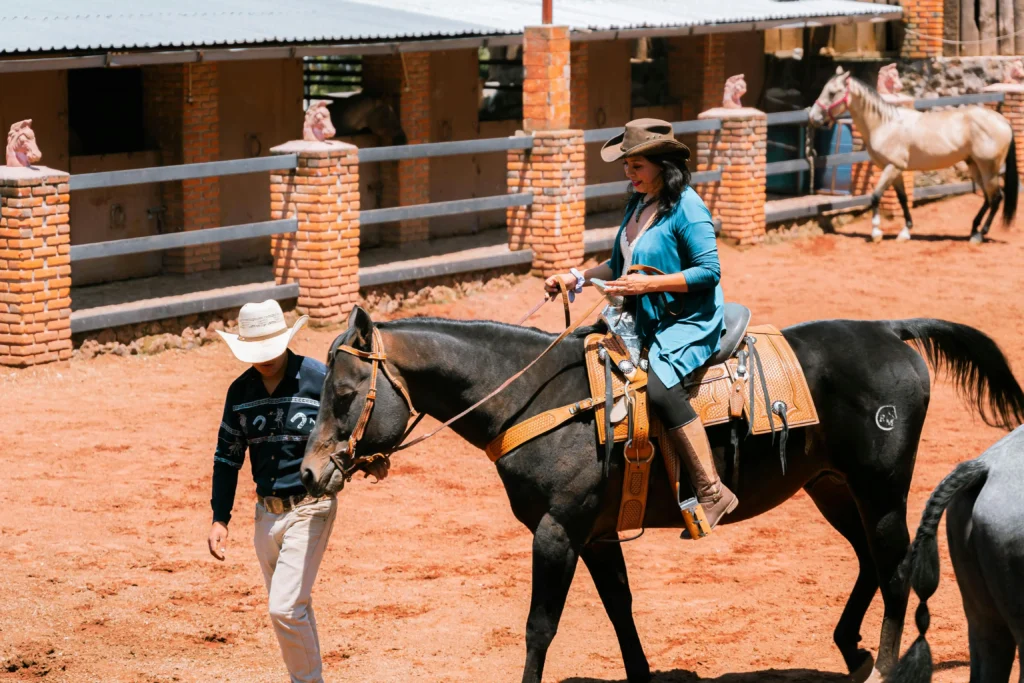
The Cultural Significance of Western Wear
Western-wear goes beyond fashion—it holds cultural and historical significance. From its roots in cowboy culture to its adoption by various subcultures around the world, Western wear tells the story of resilience, independence, and the spirit of the American West.
- Western Wear in Pop Culture
Western-wear has been immortalized in movies, music, and television. From Clint Eastwood’s iconic roles in Western films to the cowboy boots worn by musicians like Johnny Cash and modern-day country stars, Western fashion has always had a place in pop culture. - The Global Influence of Western Wear
While Western-wear originated in the U.S., it has influenced global fashion. Today, elements of Western fashion can be seen worldwide, from the rodeo styles in Australia to the denim obsession in Japan.
Tip: Incorporate Western elements into your wardrobe no matter where you are by focusing on key pieces like boots, hats, or denim jackets.
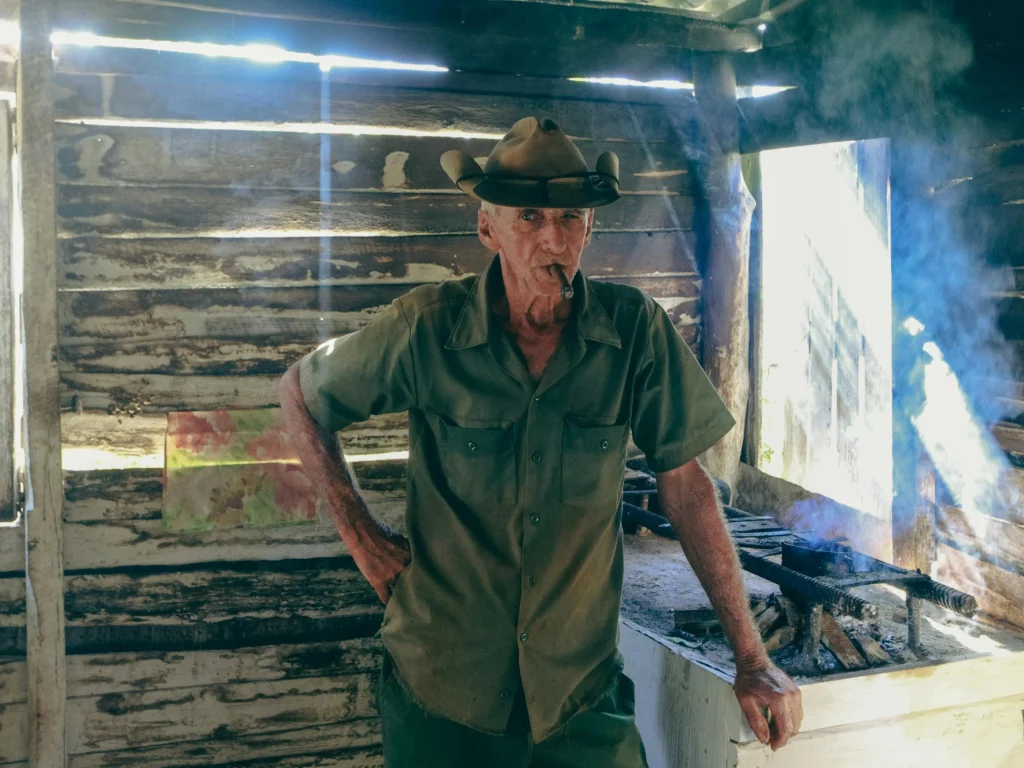
Conclusion
Western-wear is a timeless fashion statement that combines practicality, culture, and style. Whether you’re drawn to the rugged appeal of cowboy boots or the refined look of an embroidered Western shirt, there’s a piece of Western wear for everyone. By understanding the origins, key elements, and trends, you can incorporate Western wear into your wardrobe in a way that fits your personal style while staying on trend.
